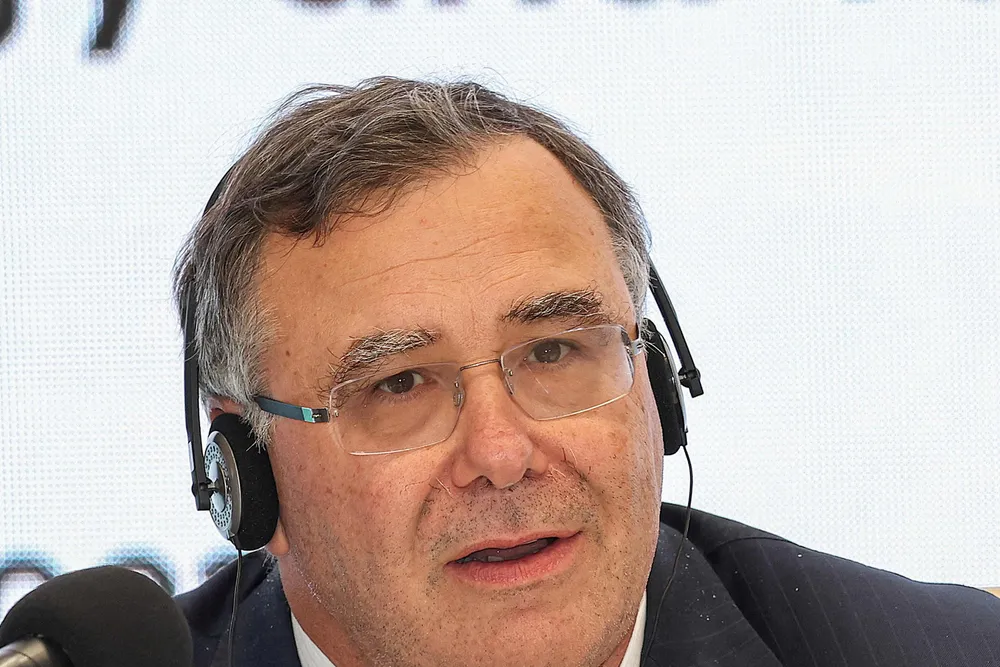TotalEnergies lays out case for new oil and gas projects
French supermajor’s report calls for new upstream spending, while still limiting global warming to 1.5 degrees Celsius by 2050

French supermajor’s report calls for new upstream spending, while still limiting global warming to 1.5 degrees Celsius by 2050
